Questions:
What are the origins of Helsinki as a node in the ICT global production network?
How did Helsinki go from specialization in the forestry industry to global recognition as a key node in the ICT sector?
Since its independence in 1917, the city of Helsinki has expanded its borders over time to encompass a region. The sum of “Helsinki” consists of three areas (in terms of geographic area, in ascending order): the capital city of Helsinki, the Greater Area of Metropolitan Helsinki, and the Helsinki Region. In 2000, the Helsinki Urban Facts Office reported that the population of the political capital was 555,000, while that of the Greater Helsinki Region was 1.8 million. The total national population at the time was 5.2 million. While most of the following authors generally refer to the capital city of Helsinki, some further locate their research to specific areas within the capital city. The works of Roper and Grimes (2005), Schienstock (2007), Kroger (2013), Haarmann (2016), Milne (2016), Doz and Wilson (2017), and Autio-Sarasmo (2018) address various global traits of present-day Helsinki with a particular emphasis on the historical connections between the Soviet Union and Finland, and between Finland’s traditional forestry industry and Helsinki’s ICT sector.
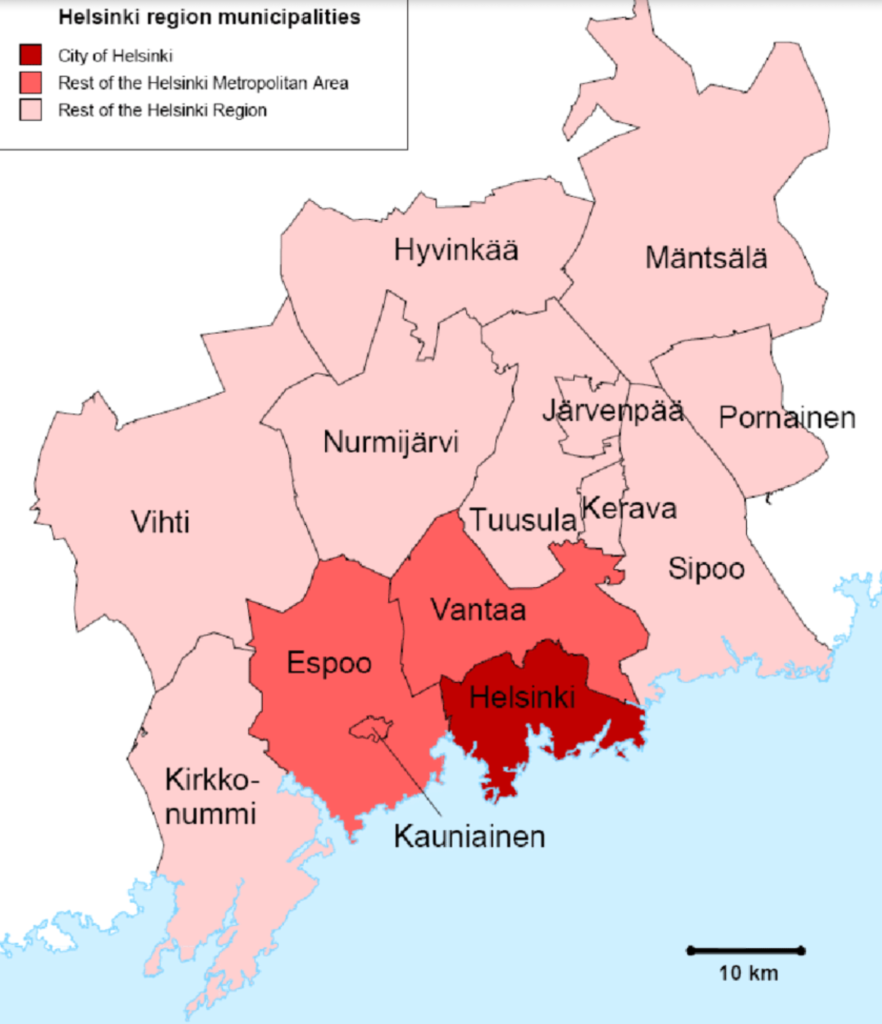
In the 1990s, the information and communications technology (ICT) markets exploded globally. Sociologist Gerd Schienstock writes about how Helsinki became “one of the leading countries in the ICT sector” (2007, 101). Economist Roper and economic geographer Grimes specifically underscore the western and southern parts of the capital city of Helsinki as the critical locations of ICT activity in the 1990s. In their comparative study of three major capital cities in the ICT global production network, they begin the story of Helsinki’s rise in the mid-1940s (2005, 306). For centuries, Russia was linked to Finland’s economy. In 1947, the Soviet Union demanded Finland supply them with telecom equipment as a part of their peace treaty. In his book Modern Finland, cultural scientist Haarmann reflects on these “harsh” war reparations by juxtaposing two popular beliefs (2016, 145). It is widely held that these Soviet demands “decisively spurred” the modernization of postwar Finland’s industries. It is also said that this “production experience” served as a beneficial “springboard for Nokia’s product development and design,” which in turn boosted Finland’s overall economic development. However, Haarmann claims that recent studies have proven that Finland possessed an “already developed,” “significant industrial potential during the war” (Haarmann 2016, 142, 145). After the Finnish government met the steep war reparation demands via the Finnish Cable Works (FCW), it continued its trading relations with the Soviet Union. The authors of the Ringtone: Exploring the Rise and Fall of Nokia in Mobile Phones comment that approximately half of FCW’s total output of telecommunications went to the Soviet Union (Doz and Wilson 2017, 18). Under Finnish president Urho Kekkonen’s unusually long administration from 1956 to 1982, the Finnish government prioritized economic relations with the Soviet Union, which led to large national programs, business investments, and trade treaty agreements (Scheinstock 2007, 97). In addition to telecom communications equipment, Finland exported forestry products. In 1978, Finland’s “biggest trade partner” was the Soviet Union, while Soviet Union’s “third-biggest trade partner” was Finland. In the words of Cold War historian Autio-Sarasmo, Finnish-Soviet trade hit “its highest in the first part of the 1980s” (2018, 149). The “strong export figures” confirm not only this economic relationship, but also the powerful role of postwar state intervention on both sides.
In the 1950s, although Finland focused on its traditional forestry industry, metal, and engineering industries in what they called “investment-driven” growth, it was extremely limited in its “inward” facing investments (Roper and Grimes 2005, 306). It was only some decades later that Finland intentionally directed its investment towards developing R&D and “high technology,” or a knowledge-based economy. According to Autio-Sarasmo, this political-economic pivot in the 1970s and 1980s was made possible through the “long trade agreements and secured payment” from the Finnish-Soviet trade (2018, 163). In 1991, however, the Soviet Union collapsed. The following recession and high unemployment rates contributed partially to another marked change in Finland’s economic policy to become more “innovation-driven” and open to different international economic partners (Roper and Grimes 2005, 306). Laws that previously banned foreign ownership of Finnish companies and their shares, for instance, were lifted in 1993. Within just a few years, the inflow of external capital increased so dramatically as to make the Helsinki Stock Exchange the “most internationalized stock exchange in the world” (Schienstock 2007, 102). Simultaneously, the Finnish government channeled the bulk of its revenue that it received from joining the EU towards the city of Helsinki. Roper and Grimes prove the explosive growth in the ICT industry and employment rates in Finland during the 1990s was “largely an urban phenomenon,” really a phenomenon that could only be possible in the capital city of Helsinki (2005, 307).
However, the Finnish government’s prioritizing of “high technology” and R&D is also arguably rooted in the national environmental dilemmas of the 1980s. As Finnish professor of global development studies Kroger elaborates in his article, Finland’s unique national class consensus around forestry capitalism began to deteriorate in light of pollution awareness. Local Finnish protestors, civil society, and state actors joined forces to lessen the environmental damage that the forestry industry was causing (Kroger 2013, 844-5). Based on participant observation and interviews with Finnish industry personnel, Kroger, however, discovered political contradictions via the presence of Finnish eucalyptus plantations and the forestry industry in Brazil. The movement of environmental consciousness was slowly beginning to take root though, in Finland and around the world. Both national and international pressures originating from the natural environment may have contributed to Finland’s exploration of other economic alternatives, such as investment into Helsinki’s IT burgeoning sector.
In the process of Helsinki becoming a global city, it is critical to recognize that the origins of Finland’s “transition to network society,” including the digitalization of information and industrial production, first began with Nokia’s origin within the forestry sector (Haarmann 2016, 151). The history of the Nokia Corporation is a particularly revealing case. In their book about the “rise and fall” of Nokia, Doz and Wilson write that, in 1865, two Finnish friends combined their paper mills to form Nokia Ab (Nokia was the name of the town one of their mills was located in). While Nokia Ab consisted of a forestry, paper, and pulp company, Nokia Corporation was the eventual merging of an even more eclectic mix of industries. In 1967, it was made up of the Finnish Rubber Work (est.1889), and the Finnish Cable Networks (est.1912) (Doz and Wilson 2017, 16). Previously, these three intertwined firms operated under the joint ownership of shareholders because it was not possible to merge companies under Russian rule (Haarmann 2016, 145). The accumulation of foreign and external capital, alongside the timely opportunism of Kari Kairama, Nokia’s director of international affairs, elevated Nokia’s national impact in the 1990s.
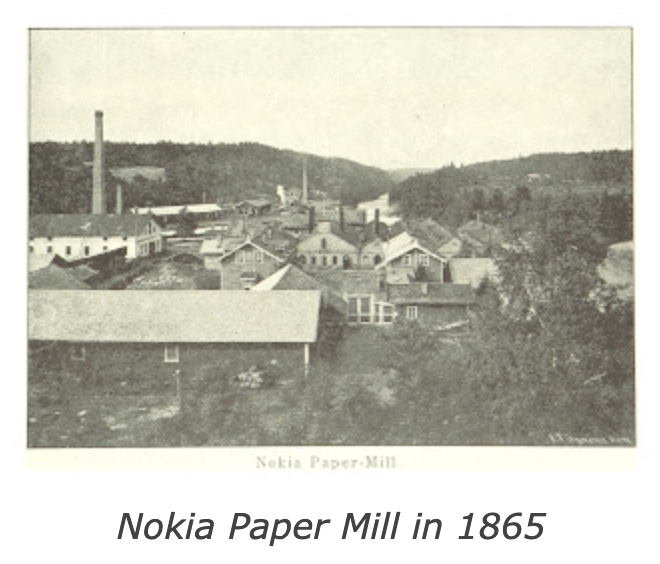
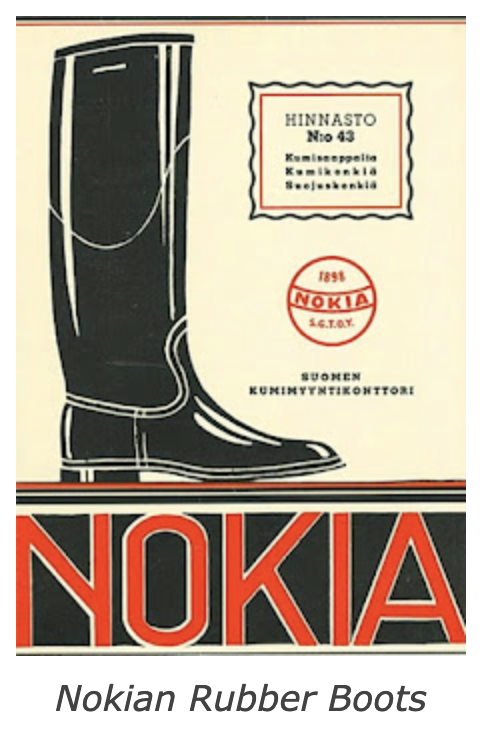
The timing is extremely significant to note. Just a decade prior, Kairama had failed to “challenge” the forestry cluster. While many Finnish actors – such as government officials, industrialists, and trade unions – agreed with Kairama that there was a special global economic edge to be gained from “knowledge intensity and technological superiority,” not simply “cost efficiency” in the forestry sector, Nokia was not ready to lead the way. Nokia had economic and internal power struggle issues at the time. In the early 1990s, the worst recession that occurred in Finnish history irreversibly damaged the forestry industry because it lacked “global competitiveness” (Scheinstock 2007, 99). Nokia was likewise impacted by the economic downturn, but ultimately for the better. Not only was Nokia’s management replaced by a new head and team, but also the company wisely divested from all the “unprofitable businesses” that had previously “earned” them the nickname, “junk shop.” The following year began was “a decade of specialization, rapid growth, and internationalization” for Nokia, and by extension Helsinki (Scheinstock 2007, 101). Jorma Ollila, the new CEO of Nokia, used “unorthodox management” to renew their marketing strategy. For the first time ever, mobile phones were meant to serve the wants of everyone, not just the needs of business-people. Ollila’s strategy essentially “turned cell phones into a necessity,” and Nokia “took the market” (Haarmann 2016, 148). In a “worldwide comparison of competitiveness” done by the World Economic Forum in 2001, Finland ranked the number one country (Haarmann 2016, 134). For better (and then for the worst), Nokia was the “core” of Helsinki’s ICT sector.
Since the 2000s, Nokia’s “fall” produced repercussions in the ICT industry, or rather revealed the lack of global competition outside of Nokia. In a news article about “feeling the Nokia effect,” Nordic and Baltic Bureau Chief and correspondent Richard Milne comments that in the “shadow of Nokia” a “flood of qualified engineers” and technicians with valuable technological skills existed in Helsinki without a clear place to go (2016). Milne originally wrote this piece for The Financial Times to give historical context for Finland’s current ICT and start-up environment. In 2016, he observed that the startup culture in Helsinki was notable and promising. When it came to domestic funding, however, the proper infrastructure was still lacking and most medium-sized start-up companies found themselves going abroad to garner sufficient funds to grow. Nokia was an unusual case. Even though 90% of its stocks were external capital, it maintained its headquarters in the Greater Area of Metropolitan Helsinki, specifically in Espoo. Indeed, Nokia’s location is a key contributor to the Helsinki region’s “local” and “global” dimensions (Roper and Grimes 2005, 307). As accounted for earlier, Nokia stepped up during a rough transition time; Finland’s main industry – forestry – was rapidly declining in the 1980s. While Nokia is not what it once was in the 1990s, its enduring symbolism even today is noteworthy. Its legacy, in fact, still plays a cornerstone role in Helsinki’s current status in the ICT global production network. Its remarkable history in the ICT cluster helped move the Finnish economy from an “inside system” to an “outsider system.” Instead of being heavily shaped by national banks and companies in the context of the dominating forest cluster of the past, Finland’s financial system now operates within the framework of “broadly distributed ownership” and internationalized financial markets (Scheinstock 2007, 102).

Finally, Slush – the innovative tech industry event that occurs annually in Helsinki – is another sign important to consider. This well-known event draws venture capitalists from all over the world to share ideas about the latest technology. As Roper and Grimes observe, in contrast to the past, there is an unprecedented effort (on the local, regional, and national level) in Helsinki to expand its identity as a “Learning City.” Policy-makers are encouraging disparate sub-sectors to cooperate and bolster the ICT industry together. This movement is evident in the creation of an educational “pipeline” to maintain a highly skilled labor force. Local initiatives educate and equip youth with IT, entrepreneurial, and teamwork skills, as universities provide relevant projects and practical opportunities to these students. Many graduates then go on directly to work in the IT sector as specialized and, not to mention, experienced knowledge workers (2005, 308). Helsinki’s identity as a node in the ICT global production network is ever-evolving. Although two of Finland’s most illustrious national industries – forestry and Nokia – have failed, their interrelated histories are invaluable to Helsinki as a global city today. The presence of skilled workers, an established ICT cluster, and an innovative knowledge-based industry all help maintain Helsinki’s identity as an “international gateway” city (Roper and Grimes 2005, 298).
Sources:
Autio-Sarasmo, Sari. “Transferring Western Knowledge to a Centrally Planned Economy: Finland and the Scientific-Technical Cooperation with the Soviet Union.” In Planning in Cold War Europe, 2:143–64. Berlin, Boston: De Gruyter, 2018. https://doi.org/10.1515/9783110534696-008.
Doz, Yves L., and Keeley Wilson. “The Planetary Alignment Was Right,” in Ringtone: Exploring the Rise and Fall of Nokia in Mobile Phones. First edition. Oxford: Oxford University Press, 2017.
Haarmann, Harald. Modern Finland. Jefferson, North Carolina: McFarland & Company, Inc., Publishers, 2016.
Kroger, Markus. “Globalization as the ‘Pulping’ of Landscapes: Forestry Capitalism’s North-South Territorial Accumulation.” Globalizations 10, no. 6 (2013): 837–53. https://doi.org/10.1080/14747731.2013.814433.
Milne, Richard. 2016. “Helsinki: Feeling the Nokia Effect.” FT.Com (Apr 19). https://www-proquest-com.proxy.library.georgetown.edu/trade-journals/helsinki-feeling-nokia-effect/docview/1789912785/se-2?accountid=11091.
Roper, Stephen, and Seamus Grimes. “Wireless Valley, Silicon Wadi and Digital island––Helsinki, Tel Aviv and Dublin and the ICT Global Production Network.” Geoforum 36, no. 3 (2005): 297–313. https://doi.org/10.1016/j.geoforum.2004.07.003.
Schienstock, Gerd. “From Path Dependency to Path Creation: Finland on Its Way to the Knowledge-Based Economy.” Current Sociology 55, no. 1 (2007): 92–109. https://doi.org/10.1177/0011392107070136.
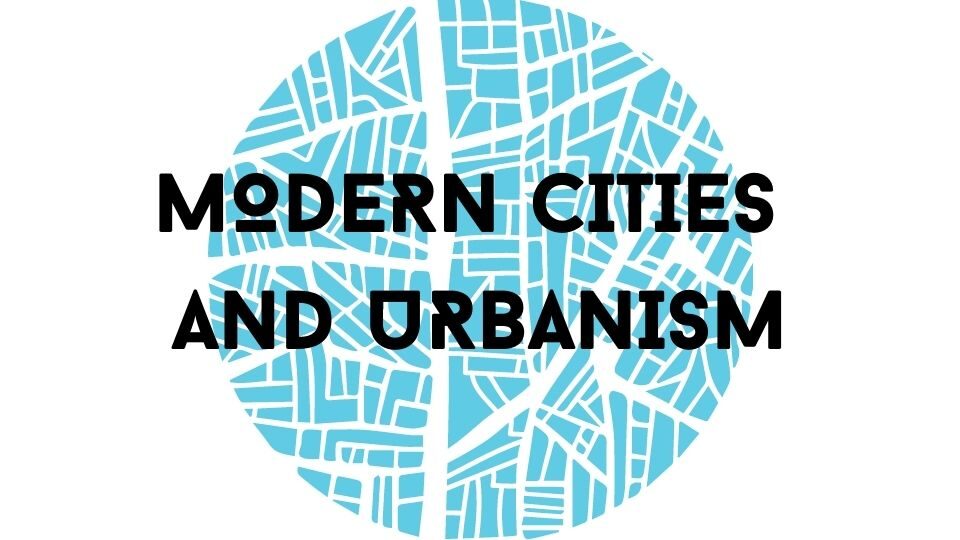
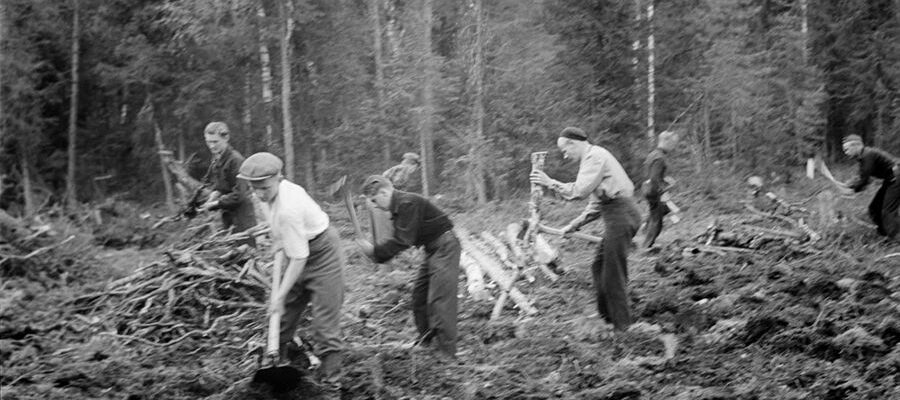
One Reply to “Helsinki: Global City Theory”
Comments are closed.